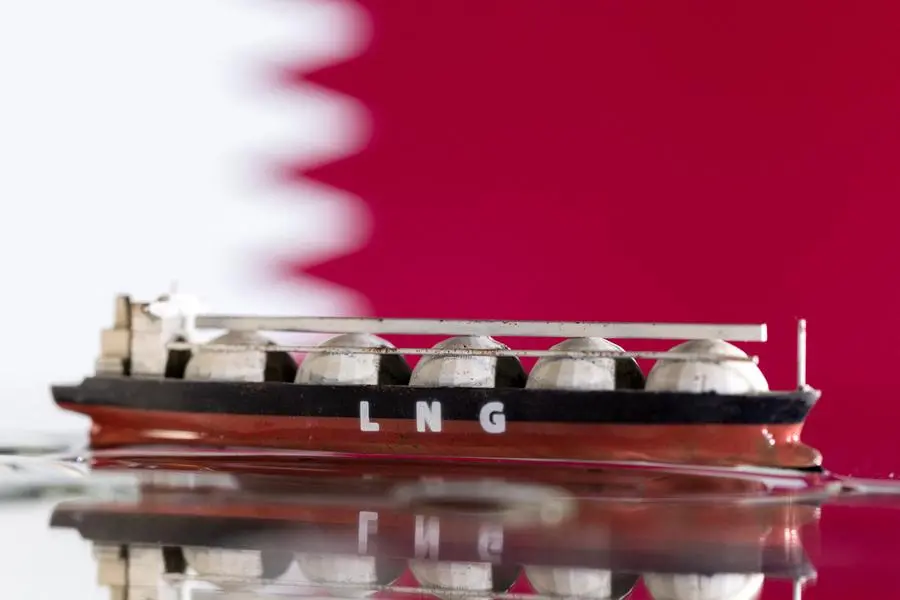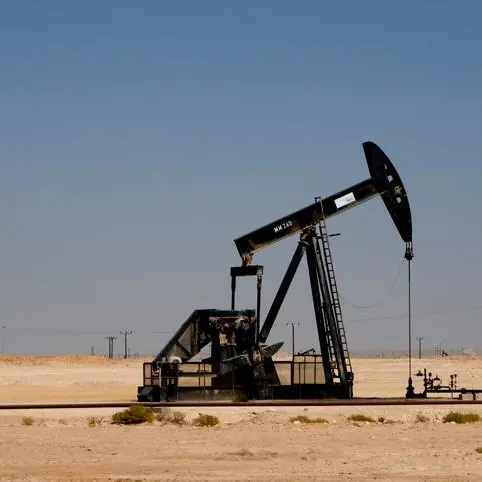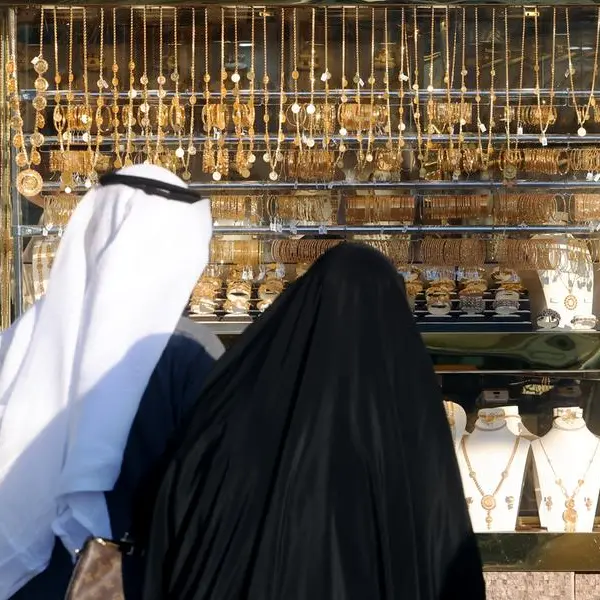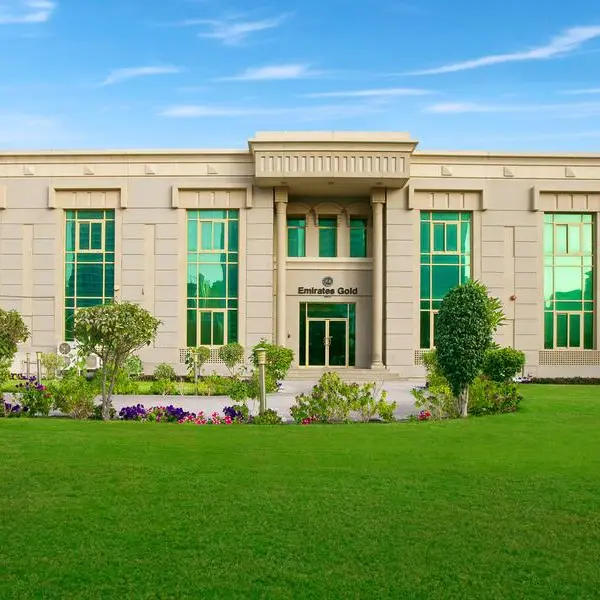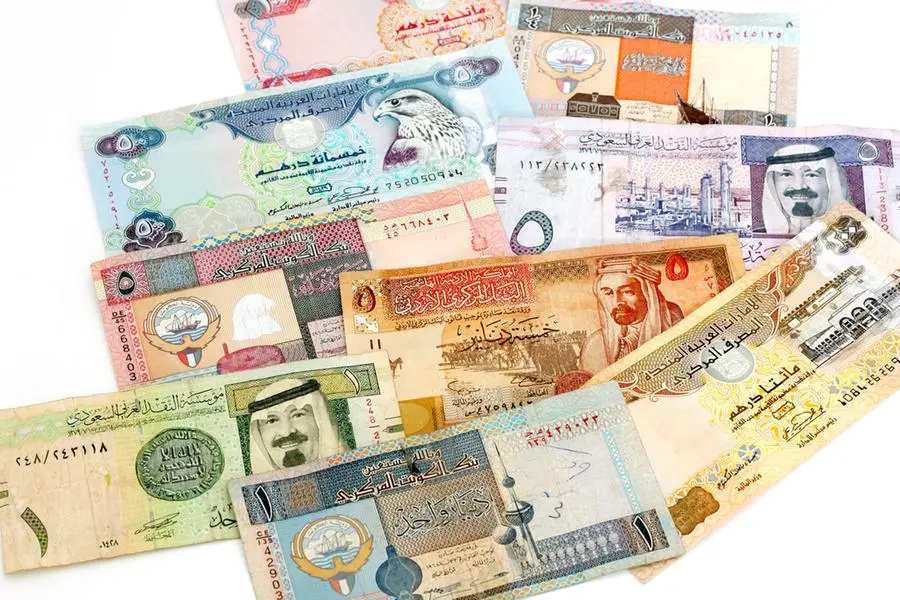PHOTO
Model of LNG tanker is seen in front of Qatar's flag in this illustration taken May 19, 2022. REUTERS/Dado Ruvic/Illustration Image for illustrative purpose.
Qatar "reclaimed" its position as the largest liquefied natural gas exporter in the world with 80mn tonnes of LNG exports in 2022, the Gas Exporting Countries Forum (GECF) has said in a report.
Last year, Qatar was followed by Australia (79mn tonnes), the US (78mn tonnes), Russia (32mn tonnes) and Malaysia (27mn tonnes) respectively, GECF said in its ‘Annual Gas Market Report 2023’.
In terms of the variation in global LNG exports at a country level, the US continued to drive the increase in global LNG exports while Russia, Qatar, Norway, Malaysia and Trinidad and Tobago contributed to a lesser extent. In contrast, LNG exports were down significantly in Nigeria and Algeria.
In 2022, global LNG exports increased by 5% (18mn tonnes) y-o-y to 399mn tonnes, Doha-headquartered GECF noted.
This represents a slowdown in the pace of growth in LNG exports, which expanded by 6% (22mn tonnes) y-o-y in 2021.
The higher LNG exports last year came from GECF and non-GECF countries as well as higher LNG reloads. GECF’s share in global LNG exports averaged 50% in 2022, relatively unchanged from a year earlier.
The start-up and ramp-up of new liquefaction projects, higher feedgas availability, lower unplanned maintenance, and LNG production above the nameplate capacity in some countries, drove the increase in global LNG exports.
In 2023, assuming LNG reloads remain at the same level as 2022; global LNG exports including LNG reloads are forecasted to grow by 4-4.5% (16mn-18mn tonnes) y-o-y to 416mn tonnes, GECF said.
This represents a slight slowdown in the pace of growth in LNG exports from the previous year. Non-GECF countries are forecasted to account for bulk incremental LNG exports with an additional 11mn tonnes, while LNG exports from GECF member countries are forecasted to rise by 6mn tonnes.
In 2024, also assuming LNG reloads remain at the same level as 2023, the pace of growth in global LNG exports is forecasted to accelerate slightly by 4.5-5% (18-20mn tonnes) y-o-y to 435mn tonnes.
Both GECF member countries and non-GECF countries are forecasted to boost global LNG exports with additional 10mn tonnes and 9mn tonnes of LNG respectively.
Gas markets in 2022 were characterised by significant turbulence and fundamental changes, mainly driven by geopolitical developments and underinvestment in the industry over the past decade, GECF said.
Spot gas and LNG prices in Europe and Asia skyrocketed to record highs at the end of summer, while experiencing significant volatility throughout the year.
This was mainly attributed to a tight LNG market as Europe’s LNG demand surged to replace lower pipeline gas imports into the region. Amidst record-high spot prices, various countries around the world had to switch from gas to coal and even lignite, chiefly in the power generation and industrial sectors.
Energy security concerns took precedence over climate change mitigation goals, with policymakers focusing on meeting the energy needs of their people, and countries heading to solve the energy
trilemma of achieving security, affordability and sustainability, GECF said.
© Gulf Times Newspaper 2022 Provided by SyndiGate Media Inc. (Syndigate.info).
